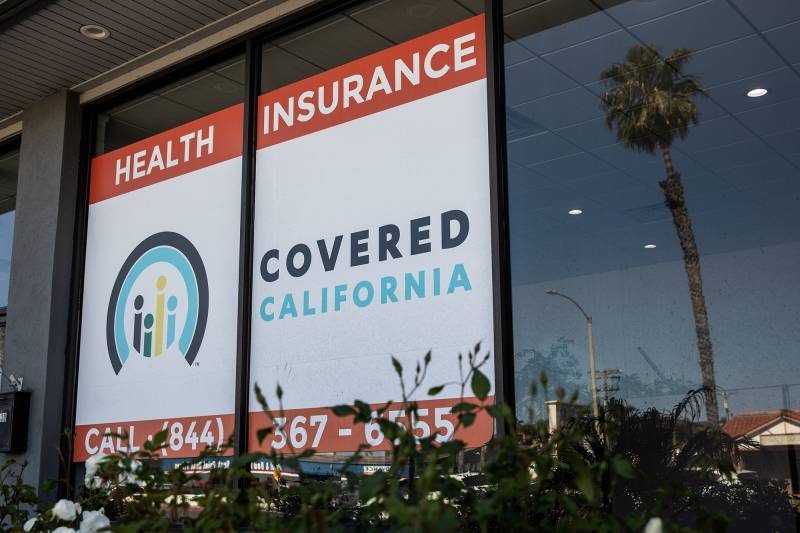People who don’t qualify for subsidies bear the full cost of rate hikes. About 90% of Covered California’s 1.7 million enrollees receive aid.
Premium increases vary by region and insurance carrier. Like most years, the 29,000 enrollees in the coastal region comprising Monterey, San Benito and Santa Cruz counties will see the biggest spike: an average increase of 15.7%.
That area is one of the most expensive health care markets in the country. Experts have blamed geographic isolation and lack of market competition in the area for its high health care costs.
A notable change in 2025 for that area is that Kaiser Permanente will begin serving residents in Monterey County and is expected to cover about half of the marketplace enrollees there.
In terms of insurance carriers, Aetna CVS Health, Anthem Blue Cross and Blue Shield have proposed the biggest rate hikes — 15.4%, 12.7% and 8.4%, respectively. Blue Shield and Anthem cover about 40% of all Covered California enrollees.
Subsidies for Covered California premiums
A combination of state and federal subsidies has kept premiums affordable for many Californians despite recent inflation.
In the new state budget, lawmakers and Gov. Gavin Newsom approved $165 million to eliminate or reduce deductibles and lower copays for enrollees.
That’s in addition to the premium assistance provided by the federal government.
Under the Affordable Care Act, the federal government has consistently provided some financial assistance. More recent laws adopted during the COVID-19 pandemic — the American Rescue Plan and then later the Inflation Reduction Act — enhanced that aid by capping what people spend on their health insurance premiums to 8.5% of their income. That allowed more middle-income people to qualify for aid.
“Despite the rate increase, Californians who enroll in health insurance through Covered California in 2025 will benefit from the greatest level of financial support ever offered by Covered California,” Altman said.
What people end up paying for a health plan depends largely on their income, household size and age. Individuals and families on the lower end of the income spectrum may find they qualify for a plan with a monthly premium of $0 a month or $20 a month.
The enhanced financial assistance provided by the Inflation Reduction Act expires at the end of 2025. Congress would have to extend this aid for it to continue beyond next year.
“Us and advocates all across the country are hoping that it does not end at the end of 2025. We hope that we will be able to get a continuation of these subsidies that have been really popular across the country and especially in California,” said Diana Douglas, director of policy and legislative advocacy at the advocacy group Health Access California.
Tax penalties for uninsured Californians
Many Californians who go without insurance may unknowingly pay more in tax penalties than they would for a health plan. California is one of four states, plus the District of Columbia, that penalizes residents for not having health insurance. This most recent tax season, Californians saw penalties of up to $850 per adult and $425 per child.
During the 2022 tax season, the latest year for which data is available, more than 271,000 households paid fines for lacking health insurance, according to the Franchise Tax Board. Most of those who paid the fines earned less than $50,000.
Advocates also advise that Covered California enrollees should ensure their household and income information is up to date. If that information is outdated because of a job change or another life event, enrollees could receive excess premium subsidies. In that case, they may find that they’ll have to repay some of that assistance when they next file their taxes. Conversely, some people may learn they are eligible for more assistance than they currently receive.
Open enrollment for 2025 starts Nov. 1.

